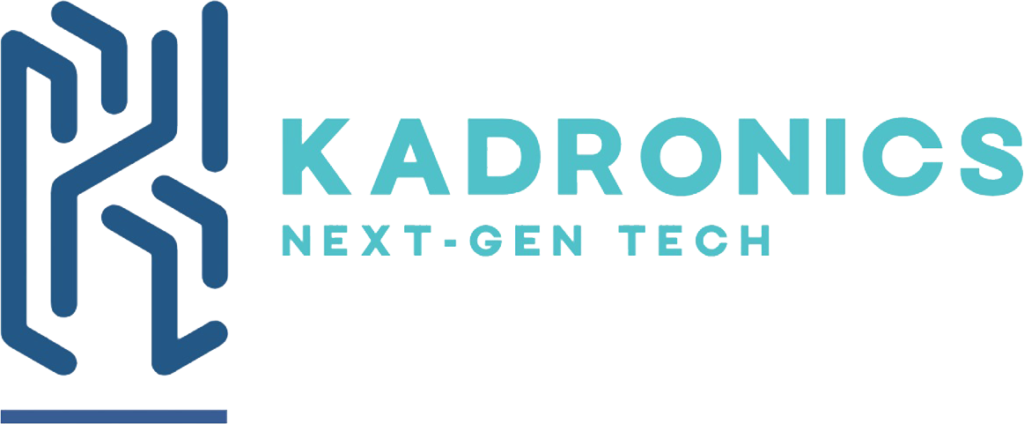Walk through any modern factory and you’ll see a symphony of motion. Robotic arms pivot and weld, conveyor belts start and stop with perfect timing, and complex machinery performs intricate tasks with flawless repetition. It’s a marvel of mechanical engineering. But what is conducting this orchestra? What is the invisible intelligence ensuring that every motor, valve, and sensor works in perfect harmony? The answer is the Programmable Logic Controller (PLC), and the “ghost in the machine” is its code.
A PLC is a ruggedized industrial computer, the central nervous system of virtually all modern automation. The PLC programming is the set of instructions that brings the system to life. Expert PLC programming is far more than just writing code; it’s a form of industrial choreography, a deep understanding of how to translate a complex mechanical process into elegant, efficient, and rock-solid logic.
More Than Just On/Off
At its most basic level, PLC logic is simple. “If sensor A is triggered, then turn on motor B.” But in a real-world application, this simplicity quickly grows into a web of complex conditions, timing sequences, and safety protocols. A professional programmer’s job is to manage this complexity.
The difference between amateur and expert PLC code can be dramatic:
- Efficiency: Expert code is lean and fast. It executes in milliseconds, ensuring the machine responds instantly and can run at its maximum possible speed. Poorly written code can be sluggish, introducing tiny delays that add up to significant losses in throughput over time.
- Reliability: A professional programmer builds in extensive error handling and fault tolerance. What happens if a sensor fails or a motor jams? The code should be smart enough to detect the anomaly, shut down the system safely, and alert an operator with a specific, actionable error message.
- Scalability & Maintainability: A well-structured program is easy to understand and modify. When the time comes to upgrade the machine or change the process, the code is modular and clearly commented, making the changes faster and less risky. “Spaghetti code,” on the other hand, can be a nightmare to debug or alter, turning a simple modification into a major project.
The Language of Logic
PLC programming is done in specialized languages designed for industrial control. The most common is Ladder Logic, which was designed to mimic the appearance of the electrical relay wiring diagrams it replaced. This visual nature makes it easier for technicians on the factory floor to troubleshoot. Other languages, like Function Block Diagram and Structured Text, are used for more complex tasks.
Choosing the right language and using it effectively is a hallmark of an expert programmer. As major PLC manufacturers like Siemens detail, their hardware platforms support multiple languages, and a skilled programmer knows which one to apply to which problem for the most robust and efficient result.
The Human Element in Automation
While PLCs control machines, they are ultimately tools for people. The code that runs on them is a critical part of the overall system that determines not just the productivity of the automated products, but also the safety and efficiency of the human operators who work alongside them.
Expert PLC programming is one of the most fundamental services in the world of industrial automation. It’s the unseen but essential element that turns a collection of powerful but dumb machinery into a smart, efficient, and reliable manufacturing solution. It is the intelligent ghost that makes the modern machine dance.




